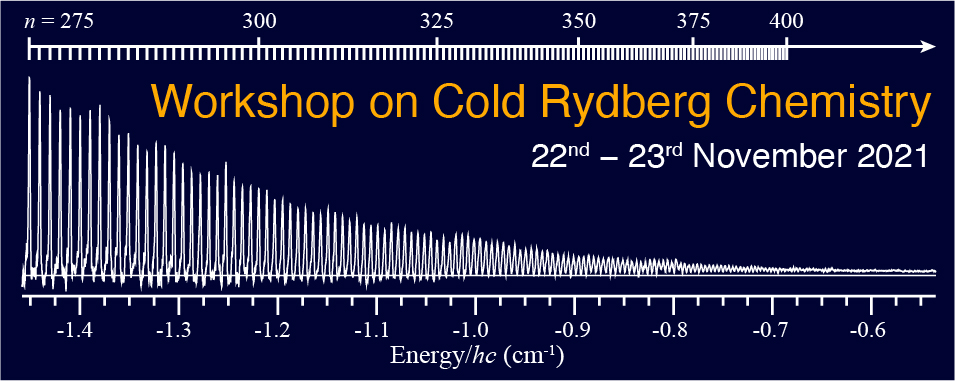We present calculations on a novel type of Rydberg dimer consisting of a Rydberg-state atom bound to an ion. The molecule is formed through long-range electric-multipole interaction between the Rydberg atom and a point-like ion. Potential energy curves that are asymptotically connected with Rydberg nP-states of rubidium or cesium are found to be conducive to metastable Rydberg-atom-ion...
Recently our group has predicted a novel ionic Rydberg molecule, which consists of a neutral Rydberg atom and an atomic ion at large internuclear distance [1]. The binding mechanism is based on a sign flip in the polarizability of the Rydberg atom in the electrical field of an ion at a particular distance. Besides explaining how this atom-ion Rydberg molecules works and what its properties...
Atoms with a highly excited electron, called Rydberg atoms, can form unusual types of molecularbonds. The bond differs from the well known ionic and covalent bonds not only by its binding mechanism, but also by its bond length ranging up to several micrometres. Here, we observe a molecular ion based on the interaction between the ionic charge and a flipping induced dipole of a Rydberg atom...
Ultralong-range Rydberg molecules (ULRRMs), formed from the binding of one or more ground-state atoms within the electron cloud of a Rydberg atom, are of significant interest because of their novel physical properties and their potential as probes of many-body states of quantum gases. In this talk, I will report on the creation of ULRRMs through photo-association in an ultracold gas of 86-Sr...

